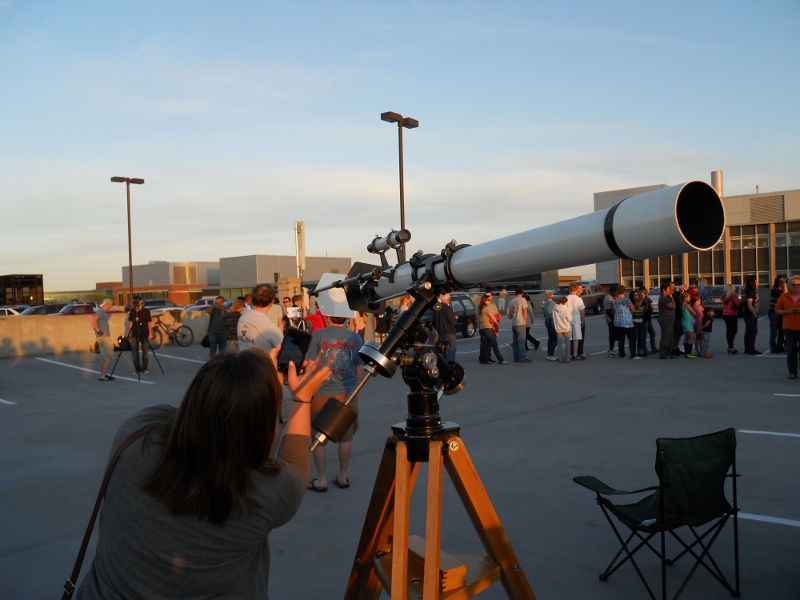Interested in buying a telescope? This page hopes to simplify some of the confusion about telescopes and answers some of the common questions about buying telescopes.
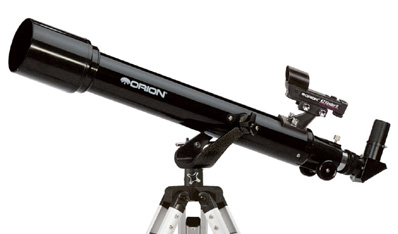
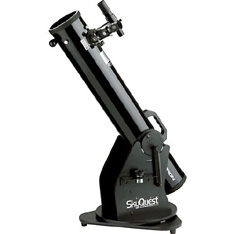
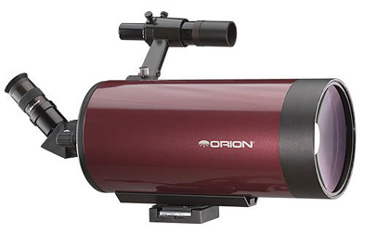
First off, there are three basic types of telescopes: refracting, reflecting and catadioptric. Refracting telescopes use lenses. Reflecting scopes use mirrors and catadioptric scopes use a combination of lenses and mirrors.
The refractor is the stereotypical telescope. You look in one end and out the other. This was the type Galileo used 400 years ago. They tend to be long and skinny.

A reflecting telescope uses mirrors and was invented by Sir Isaac Newton. They tend to be fatter than refractors but just as long. The eyepiece is usually on the side near the top rather than at the bottom. Reflecting telescopes are often called Newtonian telescopes.
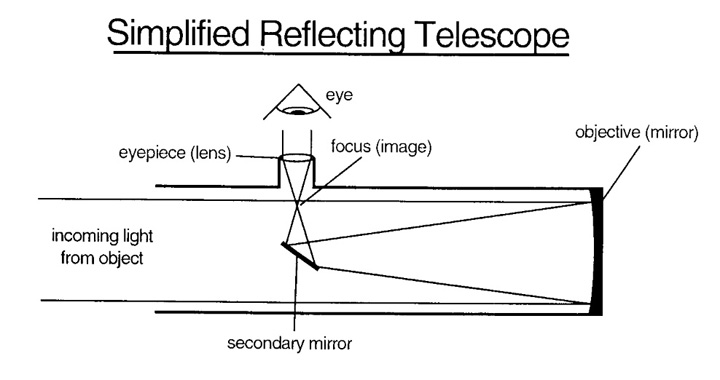
A catadioptric telescope uses mirrors and lenses. They were invented in the 20th century. Catadioptrics or "compound" telescopes tend to be short and fat. The eyepiece is often in the bottom end like a refractor. Their advantage is that they are shorter, therefore more portable, but still have a large aperture for gathering more light. A disadvantage is a higher cost.
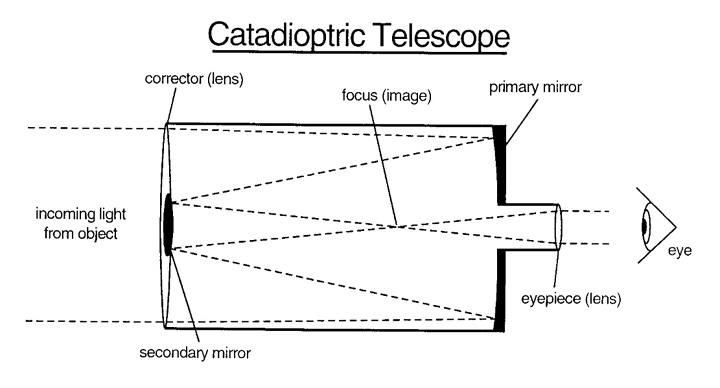
When buying a telescope, a very important thing to consider is the mount. A telescope needs a very sturdy and stable mount. Too often people overlook the mount and end up with a telescope that shakes every time it's touched or every time the wind blows.
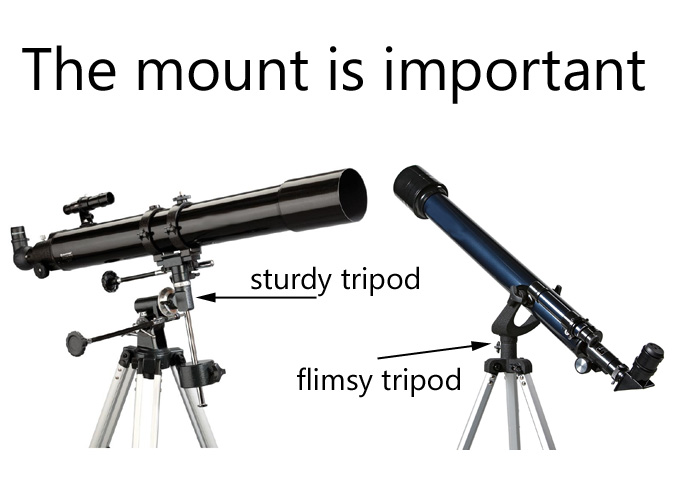
A very popular type of telescope mount is the Dobsonian mount. It was invented in the 1960's by John Dobson. It's low cost and very stable. Dobsonian telescopes are almost always Newtonian telescopes in a Dobsonian mount. Many homebuilt telescopes are of the Dobsonian design.

Aperture is an important factor as well. The aperture refers to the size of the telescope's main lens or mirror. (The main lens or mirror is called the objective.) A bigger aperture gives you a brighter image. Common store bought refractors can often be found in the 2 inch range. Typical reflectors are often around 6, 8 or 10 inches. Some of the biggest telescopes at major observatories are almost 400 inches in aperture.
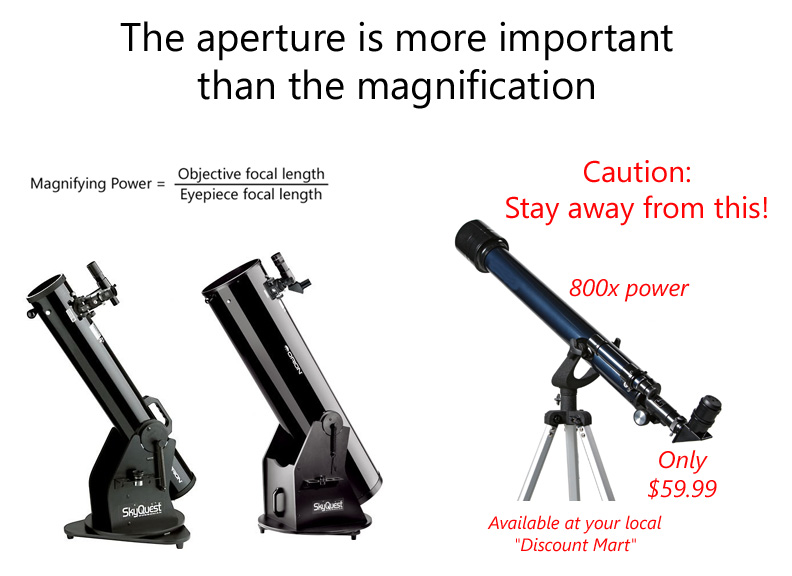
Magnification is not as important as most people think. The magnification of a telescope is easily changed by changing the eyepiece. Switching to a high power magnification reduces brightness and sharpness. A magnification of 50X is plenty of power to see the phases of Venus, rings of Saturn, moons of Jupiter and craters on the Moon.
As shown in the formula below, a smaller eyepiece gives you a higher magnification. Theoretically any telescope can be set to any power, but practically speaking there is a limit before the image gets too dim and fuzzy. The maximum theoretical magnification can be estimated by multiplying the aperture (in inches) by 50. So for a 2-inch telescope, the maximum theoretical magnification is about 100 power. A 6-inch scope may be able to go to 300 power. But every time you double the magnification, the brightness drops by 4 times.
The backyard telescope is not just limited by the scope itself but also the sky conditions. When magnifying celestial objects, you're also magnifying the blurring effects of the Earth's atmosphere. So even for big backyard telescopes the practical magnifying limit is really around 250X on a good night, less on a not so steady and clear night. So don't fall for the marketing claims of those cheap flimsy scopes with "400X" printed on the box.

A popular type of scope these days are the "Go To" telescopes. These have computerized mounts that allow them to point all by themselves. They're often marketed as a simpler scope, great for a novice. But sometimes that's not true. The early models (back around the turn of the 21st century) were somewhat complicated to program and set up. The Go To scopes normally have to be aligned to the sky before use, so you will need some basic knowledge of the stars in the sky.

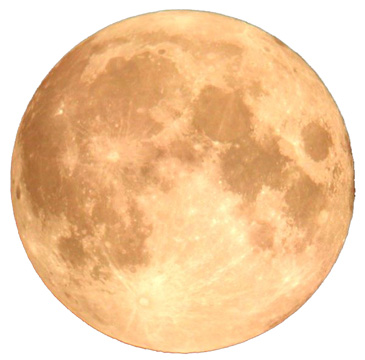
Where do you buy a telescope these days? Most of the time you'll have to look on-line. Most of the telescopes found in the "big box" stores are not of good quality. A rule of thumb is that the cost of a "real" telescope starts around $200 and goes up from there. Most of the $100 scopes are of poor quality and not worth the money. If you don't want to spend that much, maybe a $50 pair of binoculars is a better choice. There's plenty of amazing celestial wonders that can be seen in binocs. Some big star clusters even look better in binoculars than in telescopes.

In the end, the best telescope to buy is one you will use. Too often a cheap flimsy scope gets bought and never used because it's too difficult. Or a big expensive scope is bought and never gets used because it's too heavy to lug out to the backyard and set up on a cold night. When choosing a telescope, think about how you plan to use it. Do you like to go camping and hiking? Get one that's more portable. Do you plan of using it on your deck and don't mind storing it by the sliding glass door? Get a big Dob! Perhaps you also like to birdwatch and like to go to the ball game. Get a good pair of binoculars. It's really up to you. Just get something you will use and enjoy.
